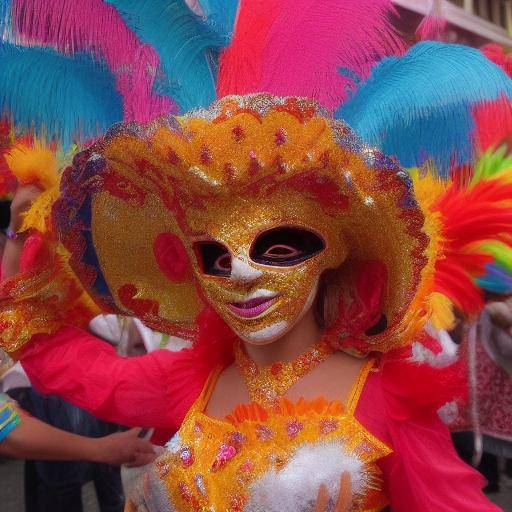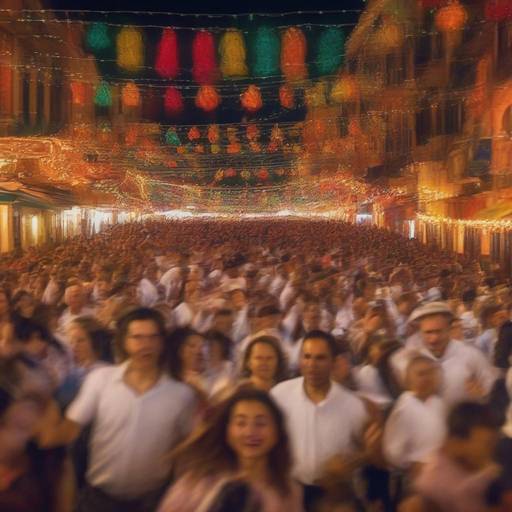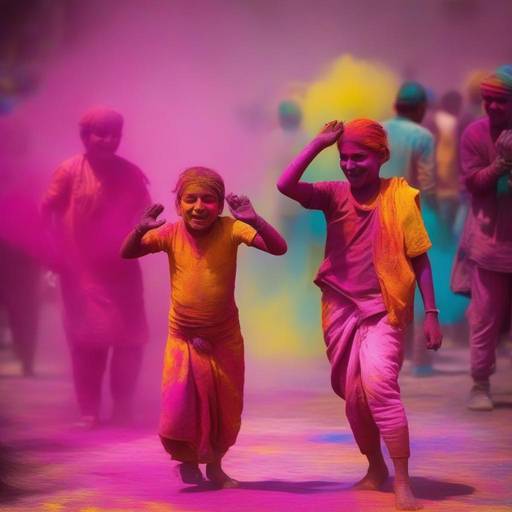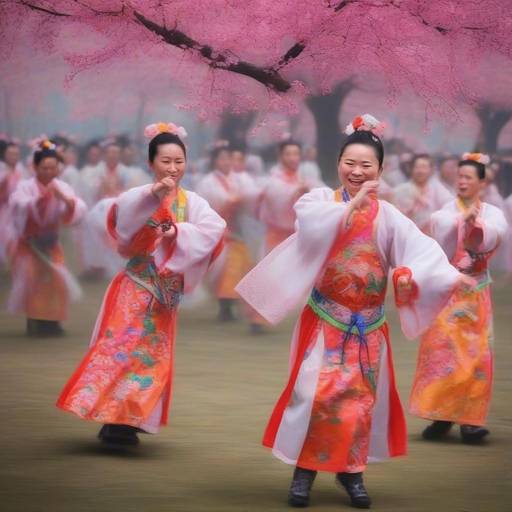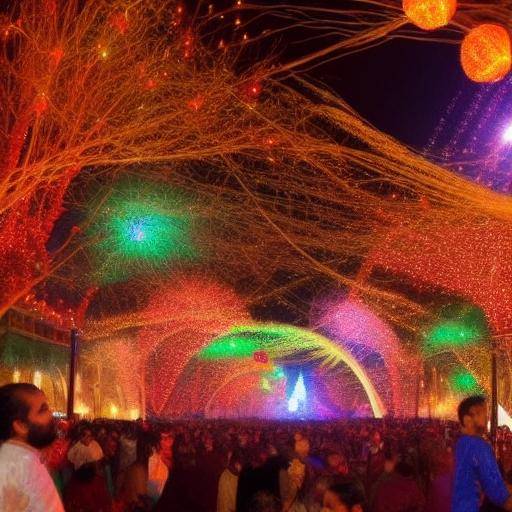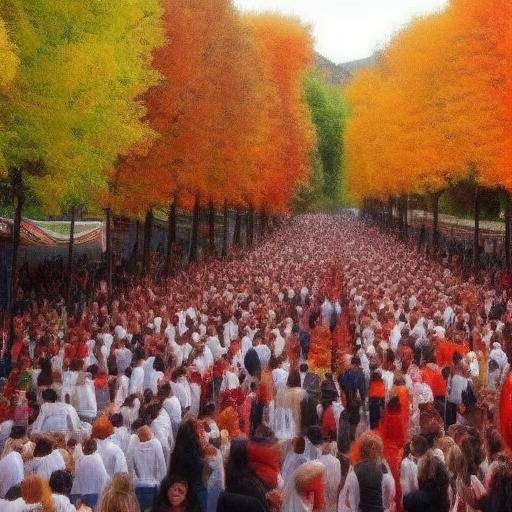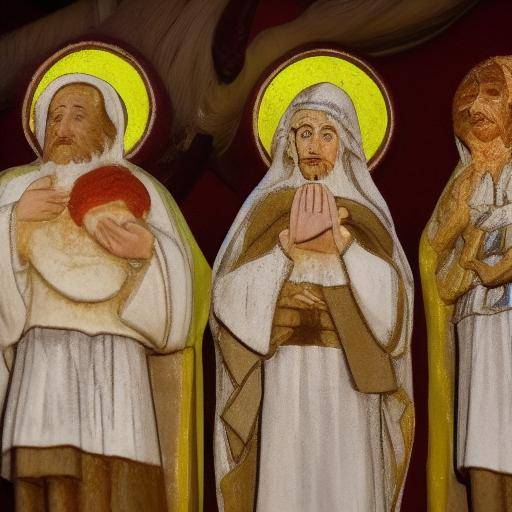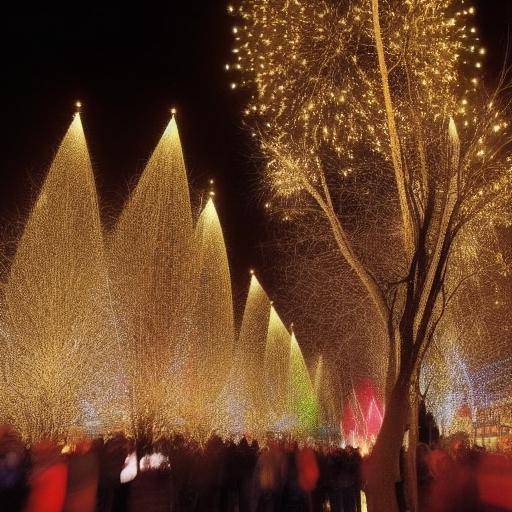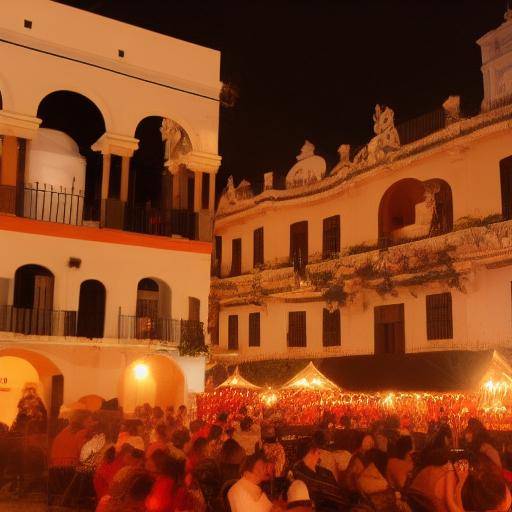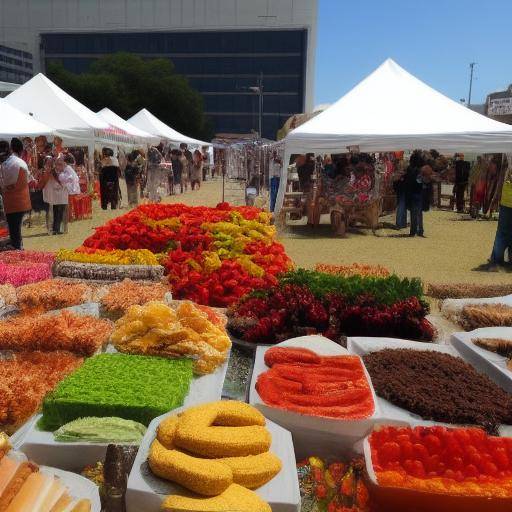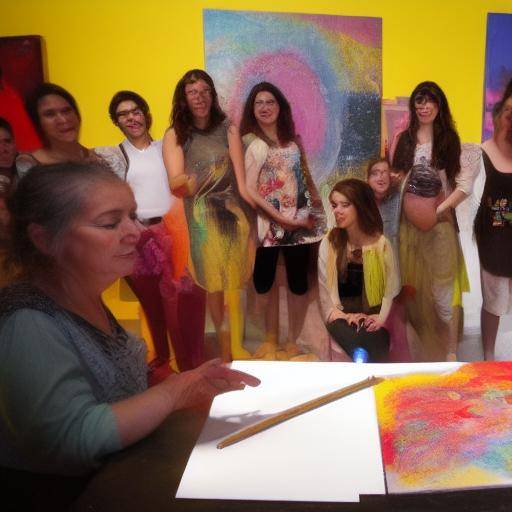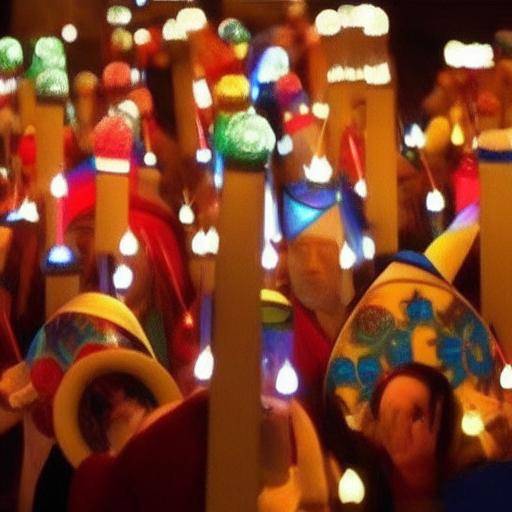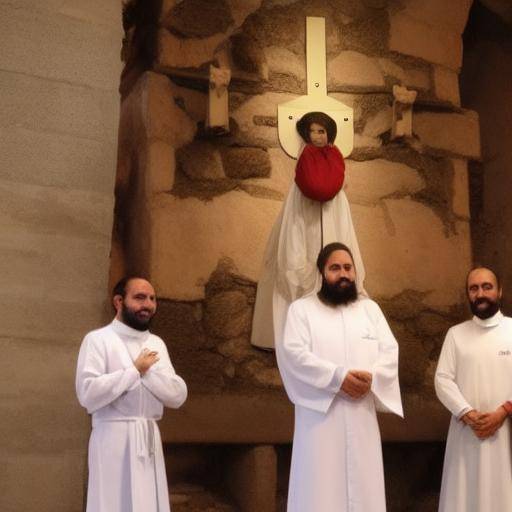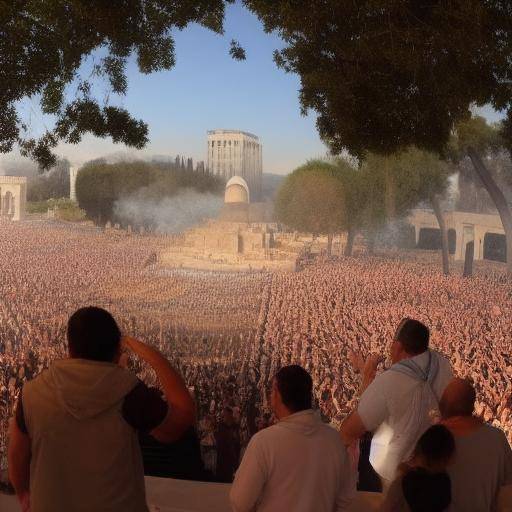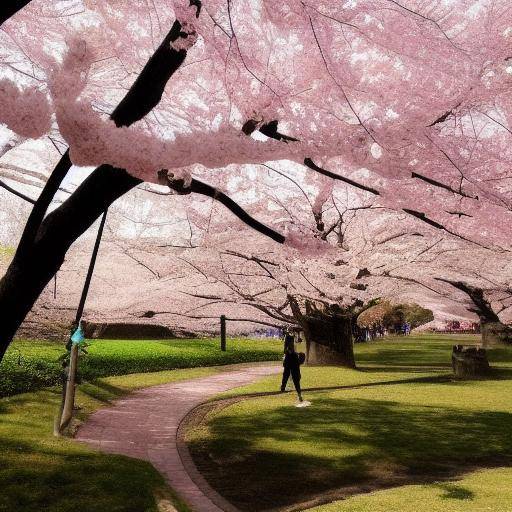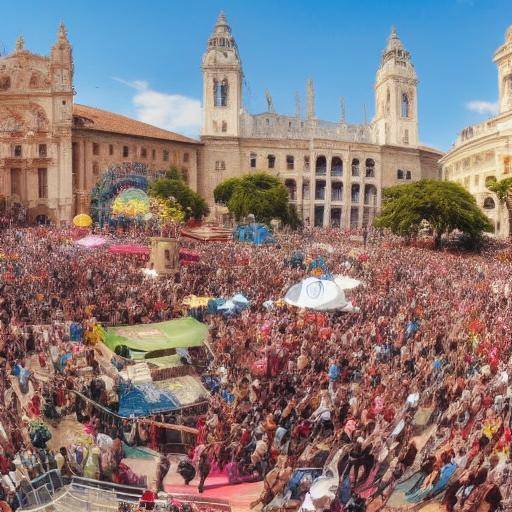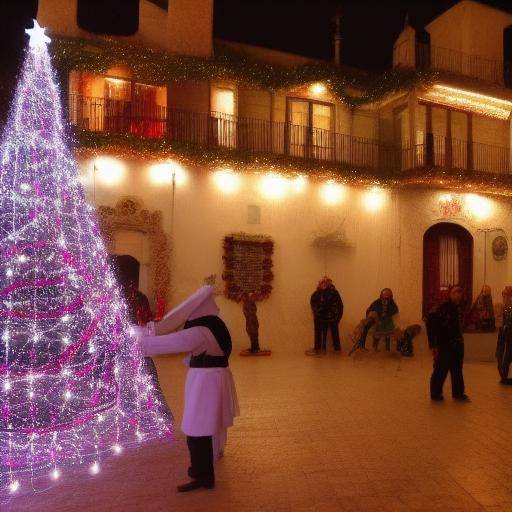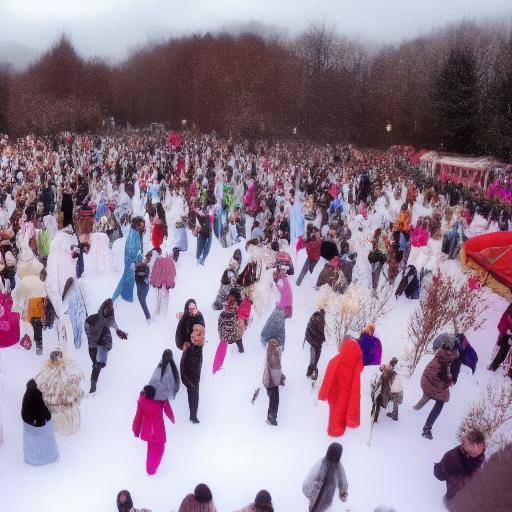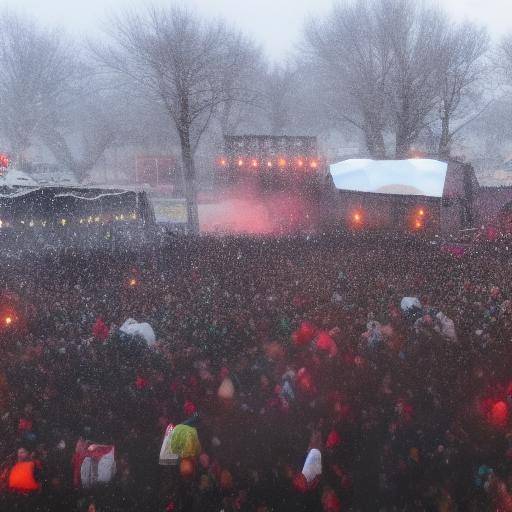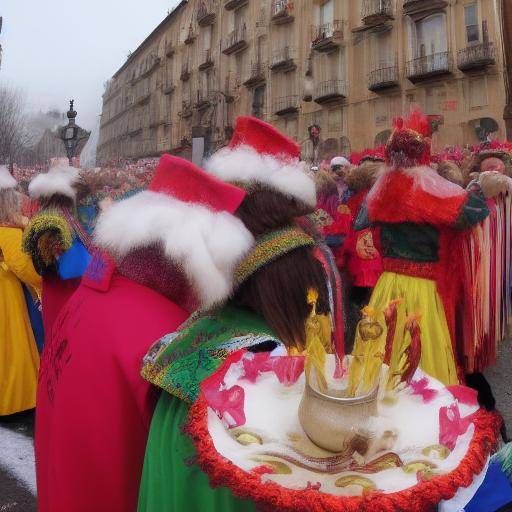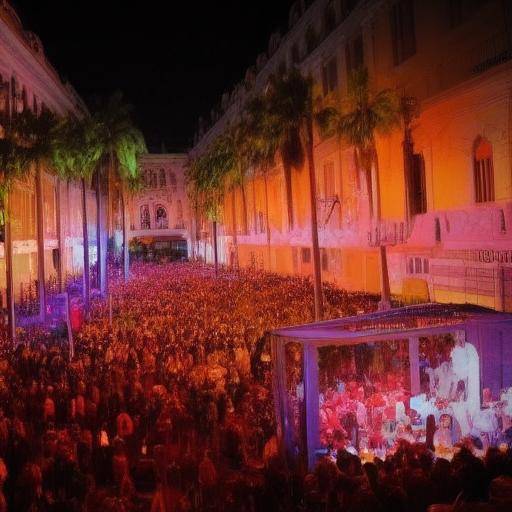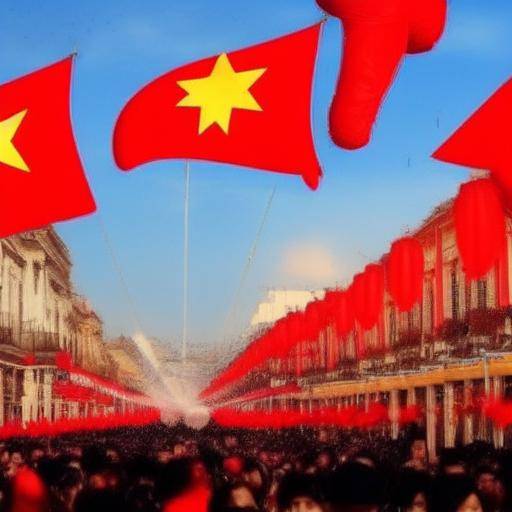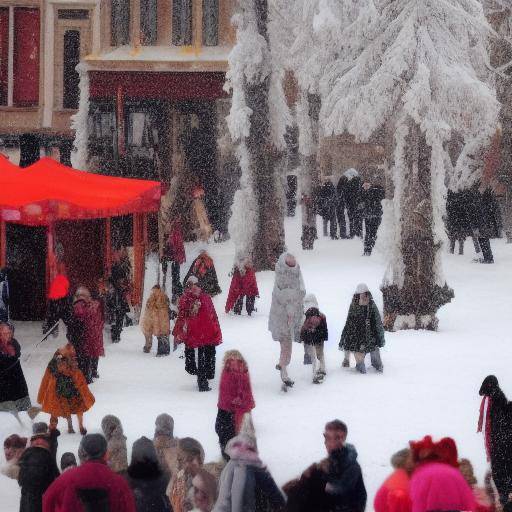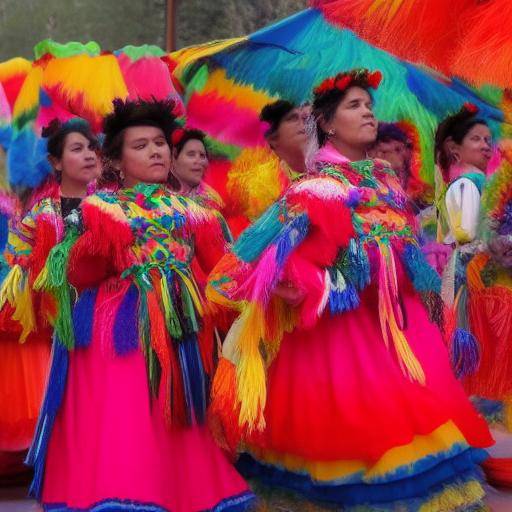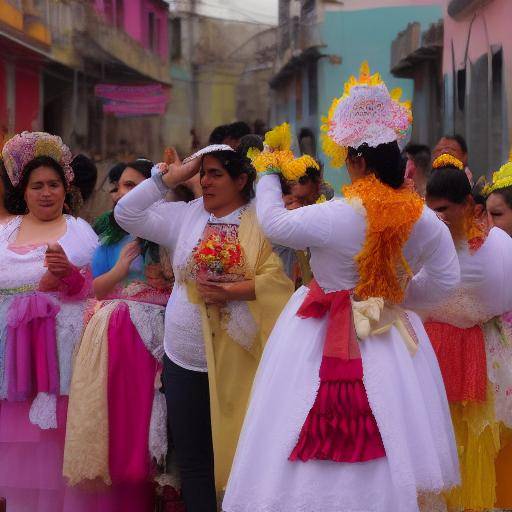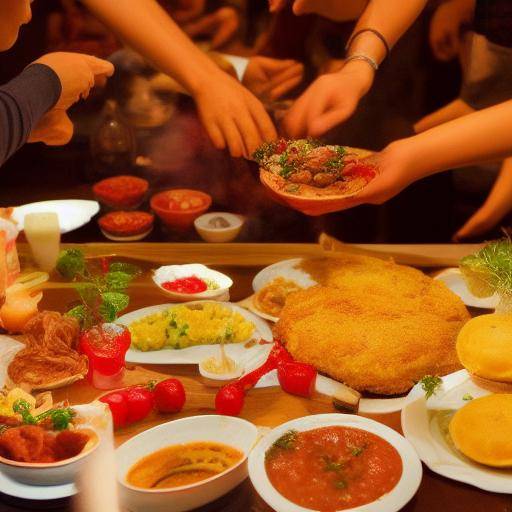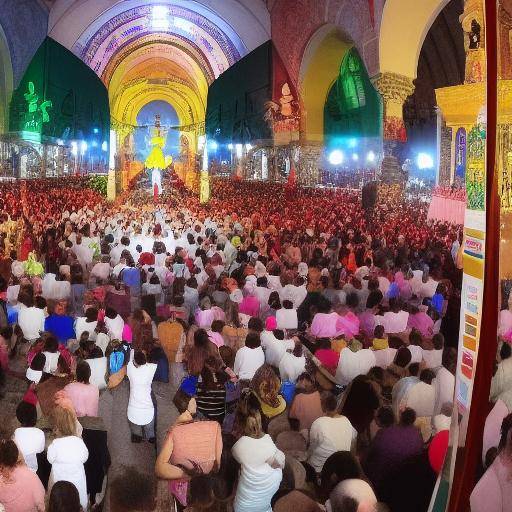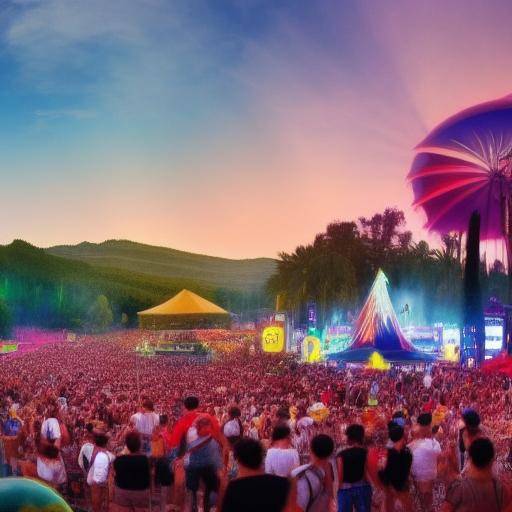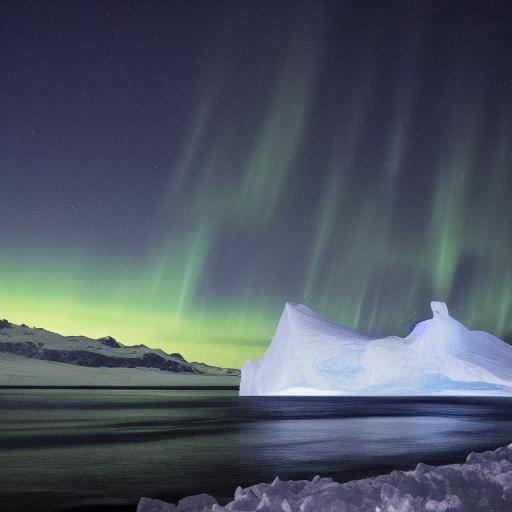
Welcome to the wonderful summer solstice world! In this article, we will explore the rich celebrations and festivals that have marked the arrival of this ancestral date, as well as its modern evolutions. From antiquity to present, the summer solstice has been a moment of profound importance in many cultures around the world. Join us in this fascinating journey through traditions, festivities, and celebrations linked to this powerful cosmic event.
Introduction
The summer solstice, marking the beginning of the summer, is an astronomical phenomenon that occurs when the sun reaches its highest point in the sky, giving rise to the longest day of the year in the northern hemisphere and the shortest night. For many cultures, this event has been a celebration, rituals, and festivities throughout history. In this article, we will discover the different ways in which the summer solstice has been honored, from ancient traditions to modern celebrations that continue to fill with joy and meaning this special date.
History and Background
The summer solstice has been celebrated since time immemorial, marking the climax of the sun's power and its influence on nature and human life. In ancient times, many civilizations built monuments and temples aligned with the solstice, such as Stonehenge in England and Chichen Itza in Mexico, demonstrating the importance this event had in their lives.
Celtic peoples honored the summer solstice with the feast of "Litha", a moment of great rejoicing in which bonfires were lit to celebrate the abundance and fertility of the earth. In the northern hemisphere, the Vikings celebrated the "Midsummer", a festival that honored the sun and fertility, marking the beginning of the harvest season. For their part, in South America, pre-Columbian civilizations celebrated the Inti Raymi, a festival dedicated to the sun god, Inti, in the Inca empire, with dances and offerings to ensure a good harvest.
Analysis in Deep
Today, the summer solstice continues to be a date of great significance, with festivals and celebrations that reflect the diversity and cultural wealth around the world. From the vibrant fiestas of San Juan in Spain and Latin America, to the Solstice festival in the United States, this cosmic event remains an opportunity to join in joy and community.
The modern festivals that celebrate the summer solstice are a manifestation of the human connection with nature and the desire to celebrate life in all its forms. These events often include music, dances, ceremonies, and traditional rituals that honor the sun and the vital energy it provides to the earth. In addition, some communities take advantage of these festivities to promote sustainability and environmental awareness, recalling the importance of taking care of our planet and living in harmony with nature.
Comprehensive review
In analyzing the different manifestations of the summer solstice over time, it is clear that this event transcends geographical and cultural boundaries. Modern celebrations keep the ancestral tradition alive while adapting to the changing realities of the contemporary world, demonstrating the continued relevance and power of this heavenly moment.
Comparatively, the festivities that take place in different regions may vary in their rituals and customs, but they all share a common core: the desire to thank and celebrate the gifts of nature at this special time of the year. From the exchange of food and dance around bonfires, to the outdoor activities that connect communities with the natural environment, these celebrations reflect the vitality and cultural diversity that enriches our world.
Practical Tips and Recommendations
If you are inspired by the magic of the summer solstice and want to participate in these celebrations, we offer you some practical advice to carry out your own rituals and festivities in honor of this heavenly event:
1. Turn on a fire: If it is safe and allowed in your area, lighting a fire is a traditional way of honoring the summer solstice. Meet friends and family to share this magical moment.
2. Cultivate your own traditions: Create your own personalized celebrations, either through music, dance, gastronomy, or the connection with nature, to honor the energy of the sun and the prosperity it brings with it.
3. Participates in local festivals: Find community festivals and events that celebrate the summer solstice in your area. Join these celebrations to experience the joy and sense of belonging they offer.
4. Connect with nature: Take advantage of additional sunlight to enjoy outdoor activities, such as hiking, picnics, or meditation in natural environments.
Sector Perspectives and Views of Experts
From a broader perspective, the summer solstice and its associated festivals offer fertile ground to reflect on our role as human beings related to nature. Experts in various disciplines agree on the importance of recognizing and preserving these cultural manifestations, and the need to promote greater environmental awareness.
Our expert, anthropologist Dr. Rodriguez shares: "The festivals linked to the summer solstice allow communities to strengthen their ties, revitalize traditions and remember the importance of respecting and protecting our natural environment. These celebrations help us to reconnect with Earth and to value the vitality it gives us. "
Case studies and practical applications
A highlight of the modern summer solstice event is the annual Glastonbury festival in the UK. This event, known for its fusion of music, art and spirituality, attracts thousands of people who come together to celebrate the summer solstice in a spirit of harmony and community. Throughout their decades of existence, the festival has proven to be a space where people can experience a deeper connection with nature and between themselves.
In contrast, the festival of the Verbena of San Juan in Spain is an example of a celebration rooted in the local cultural tradition, where the communities join to perform ancestral rituals that include jumping the bonfires to purify and receive the vitality of the solstice. These cases of study demonstrate the continued relevance and variety of the summer solstice celebrations in the contemporary world.
Future Trends and Predictions
As environmental awareness and interest in ancestral traditions continue to grow, summer solstice celebrations are likely to experience rebirth around the world. The connection with nature and the desire to celebrate our relationship with the environment is becoming increasingly important in today's society, which could lead to a resurgence of traditional rituals and festivals inspired by the summer solstice.
Conclusions and FAQs
Conclusions
The summer solstice, with its rich history and the celebrations that surround it, represents a unique opportunity to connect with nature and our own cultural roots. Through colorful festivals and significant ceremonies, people from all latitudes join in this ancestral celebration, remembering the importance of light and life in a constantly changing world.
Frequently asked questions
What is the summer solstice?
The summer solstice is an astronomical event that occurs when the sun reaches its highest point in the sky, marking the beginning of the summer in the northern hemisphere and the longest day of the year.
What are some traditions associated with the summer solstice?
Some traditions include lighting fires, performing dances or rituals outdoors, and honoring the fertility and power of the sun through ceremonies.
In which parts of the world is the summer solstice celebrated significantly?
The summer solstice is celebrated in many cultures around the world, with festivals and ceremonies that reflect the importance of this event in the life of communities.
What is the symbolic meaning of the summer solstice?
The summer solstice symbolizes the apogee of sun power, the abundance of nature and the connection with the vital energy that sustains life on Earth.
How can I participate in the summer solstice celebrations?
You can participate in local festivals, organize your own outdoor celebrations, or just take a moment to connect with nature and welcome the summer solstice.
What lessons can we learn from the summer solstice celebrations?
The summer solstice celebrations teach us the importance of honoring and respecting nature, as well as the relevance of celebrating life and the community.
Conclusion
In short, the summer solstice gives us an opportunity to celebrate life, light, and nature in all its manifestations. Throughout history and today, the festivities related to this cosmic event have represented a link between the people and the surrounding environment, reminding us of the importance of preserving and honoring this connection. Whether through ancient traditions or contemporary festivals, the summer solstice invites us to celebrate abundance, joy and community, and to reflect on our relationship with the universe.
By knowing the history, traditions and modern forms of celebration, we hope that this article has renewed your appreciation for the depth and beauty of these holidays. May the summer solstice continue to illuminate our hearts and our lives, reminding us of the importance of keeping alive the connection between humanity and nature.


